‘On my ancestors’ remains’: The fight for sacred lands
In California, one woman is protecting indigenous burial sites and fighting efforts to erase her people from existence.
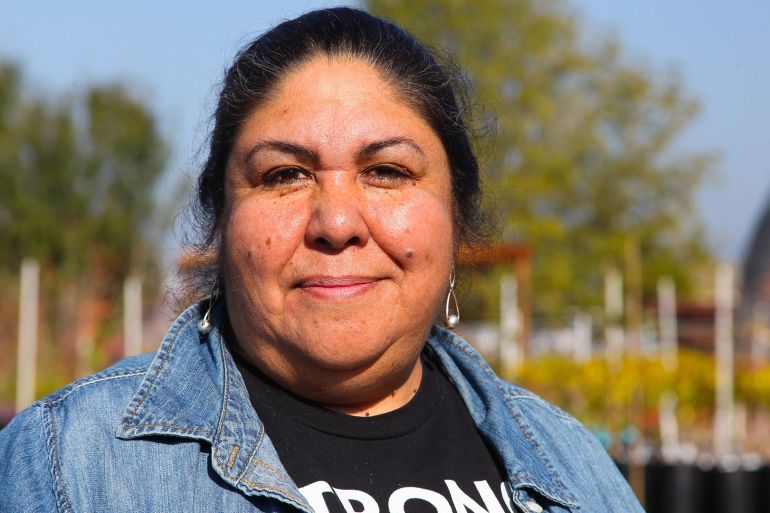
California, United States – Horns blared with road rage. Horns blared in support. At the corner of Shellmound Street and Ohlone Way, cars passed the protesters and poured into the mouth of the Bay Street mall in Emeryville, California.
“Don’t support genocide.” “This is stolen land.” “Protect sacred sites.” The protesters’ handmade signs greeted shoppers arriving for Black Friday, one of the busiest shopping days in the United States calendar.
Keep reading
list of 4 itemsCurfew announced for under-18s in Australia’s Alice Springs after unrest
‘We exist’: A Himayalan hamlet, forgotten by Indian democracy
A Vision of Justice: Chile’s first blind senator
Through open car windows, protesters pressed little red flyers into shoppers’ hands, sheets that implored them: “Don’t shop at Bay Street mall.” It was Tsering Yangkey’s ninth Black Friday there. Bundled in a green puffer coat, her knit cap pulled low over her ears, Yangkey waved a poster that read: “Honor Ohlone sacred sites.”
Her first year at the Bay Street mall, back in 2011, was as a shopper. A Tibetan refugee who had recently arrived in the US, Yangkey had been drawn by the discounts. But as she turned the curb and saw the protest, a flash of recognition gripped her.
The indigenous demonstrators gathered there reminded her of her own people: Their dark hair, the incense they burned, the prayers. That, and the injustice of having your land stripped from you. Yangkey circled back to join them.
Later, when it was time for Yangkey to receive her US citizenship, she thought of her time on that curb. She decided that, before getting the US government’s approval to be on the land, she would first get the indigenous people’s blessing.

The person she chose to bestow that honour was one of the protest’s original organisers: A woman who has campaigned for 20 years to raise awareness that this was no mere mall – that it was once a vast Shellmound and burial site, one of the largest in California’s San Francisco Bay Area.
To defend her ancestral remains, Corrina Gould would have to become more than a public figure. She would have to rewrite centuries of colonial history – a history that had, on paper, erased her people from existence.
“There’s this amnesia in this country about what has happened on these lands and what they’ve done and continue to do to ensure that native voices are not heard,” Gould says. “We’re oftentimes pushed aside without any rights to our own land, to our own burial sites even.”
‘We have never stopped being Lisjan’
“Costenos,” (or coastal people), was what Spanish settlers once called Gould’s ancestors. Then, due to a mispronunciation, they became Costanoans. Later, the term “Ohlone” was plucked from archival records to describe the varied indigenous groups from the San Francisco Bay to Monterey. But Gould prefers to identify as Lisjan – a name she feels better represents her people’s individual identity.
And yet, for all the labels her people have known, one designation they never received was federal recognition. Such recognition is powerful: When the US government acknowledges a tribe, it establishes a government-to-government relationship with the group, making it eligible for federal services, funding and protections.
But while 573 indigenous tribes and villages have received such recognition, hundreds more have not. Recognition is often evaluated on the basis that a tribe has its own governing structure, a clearly defined community, and a continuous sense of ethnic identity – qualities that centuries of colonialism have attempted to stamp out.
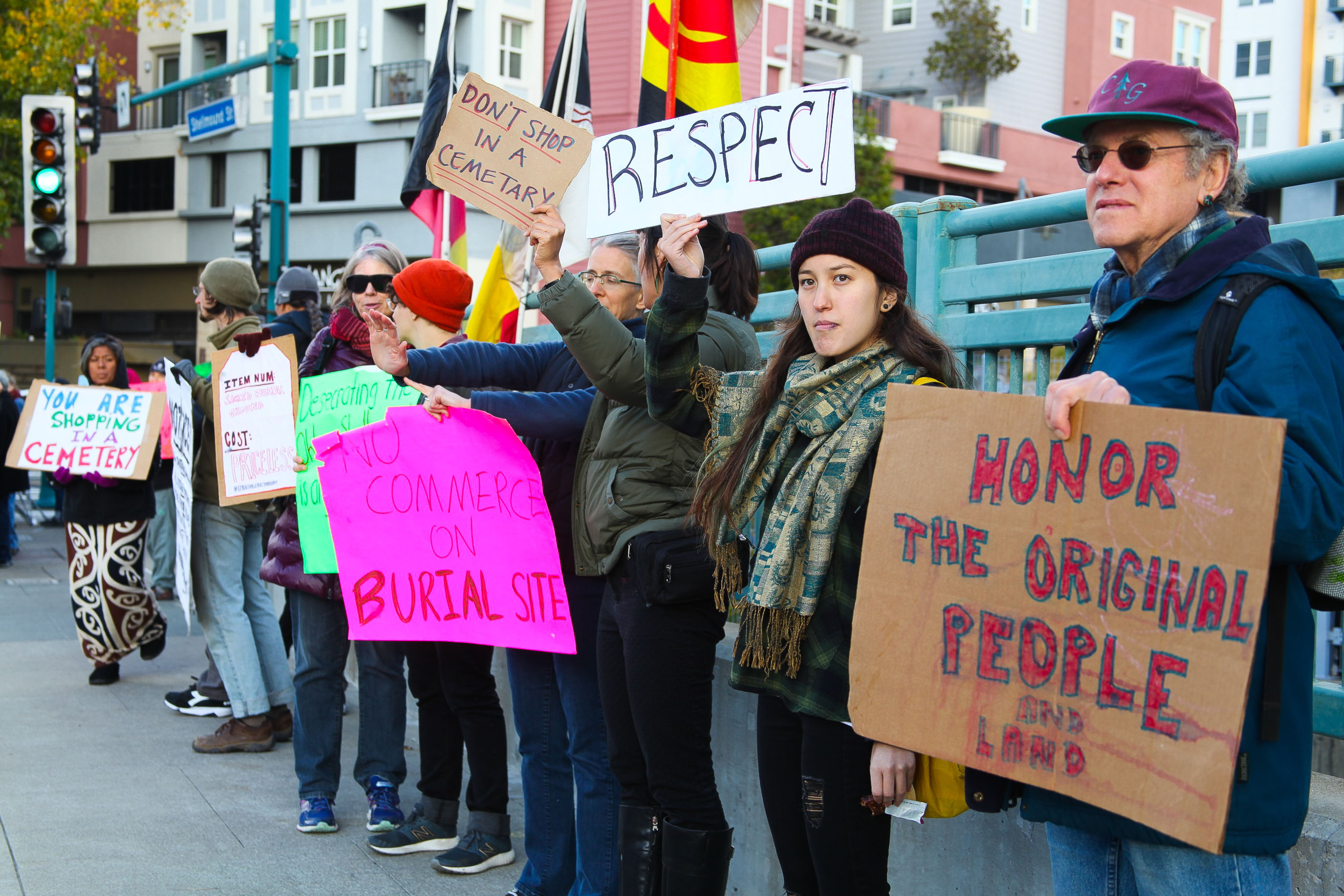
In Gould’s case, her people were written out of existence early in the 20th century. By 1925, celebrated anthropologist A L Kroeber published this assessment: “The Costanoan group is extinct so far as all practical purposes are concerned.”
It is an assertion that, nearly a century later, Gould and other local indigenous groups continue to fight. California may harbour the largest Native American population in the US, but its local indigenous people still struggle for acknowledgement. “All cultures move and change, and so do ours,” she says.
“As long as we are still Lisjan and we are breathing and we are on our land, that is the continuity. We have never stopped being Lisjan. Ceremonies may have stopped for a little while. The language may have gone to sleep. But that doesn’t mean that we’re not still Lisjan.”
Giving way ‘to the requirements of civilisation’
Her ancestry in this land stretches back to the dawn of time, she says, before cities like Oakland or Emeryville rose in concrete and glass over her ancestors’ village sites. Back then, this land was Huichin, and Shellmounds dotted the territory.
A 1909 survey by Danish-American archaeologist Nels Nelson counted upwards of 425 Shellmounds in the Bay Area, filled with discarded molluscs, ash, rocks and artefacts like arrow points and mortars and pestles.
But all the mounds, Nelson indicated, likely contained “numerous burials and remains”. He also noted that the mounds were routinely raided to “give way to the requirements of civilisation”. Nelson described towns built atop them, their contents mined and mulched to create fertiliser, tennis courts, roads and pavements.
“So you’re quite literally walking on my ancestors’ remains as you’re walking through those streets,” Gould explains. She tries not to think about it, though. The thought alone, she says, is enough to drive her mad.
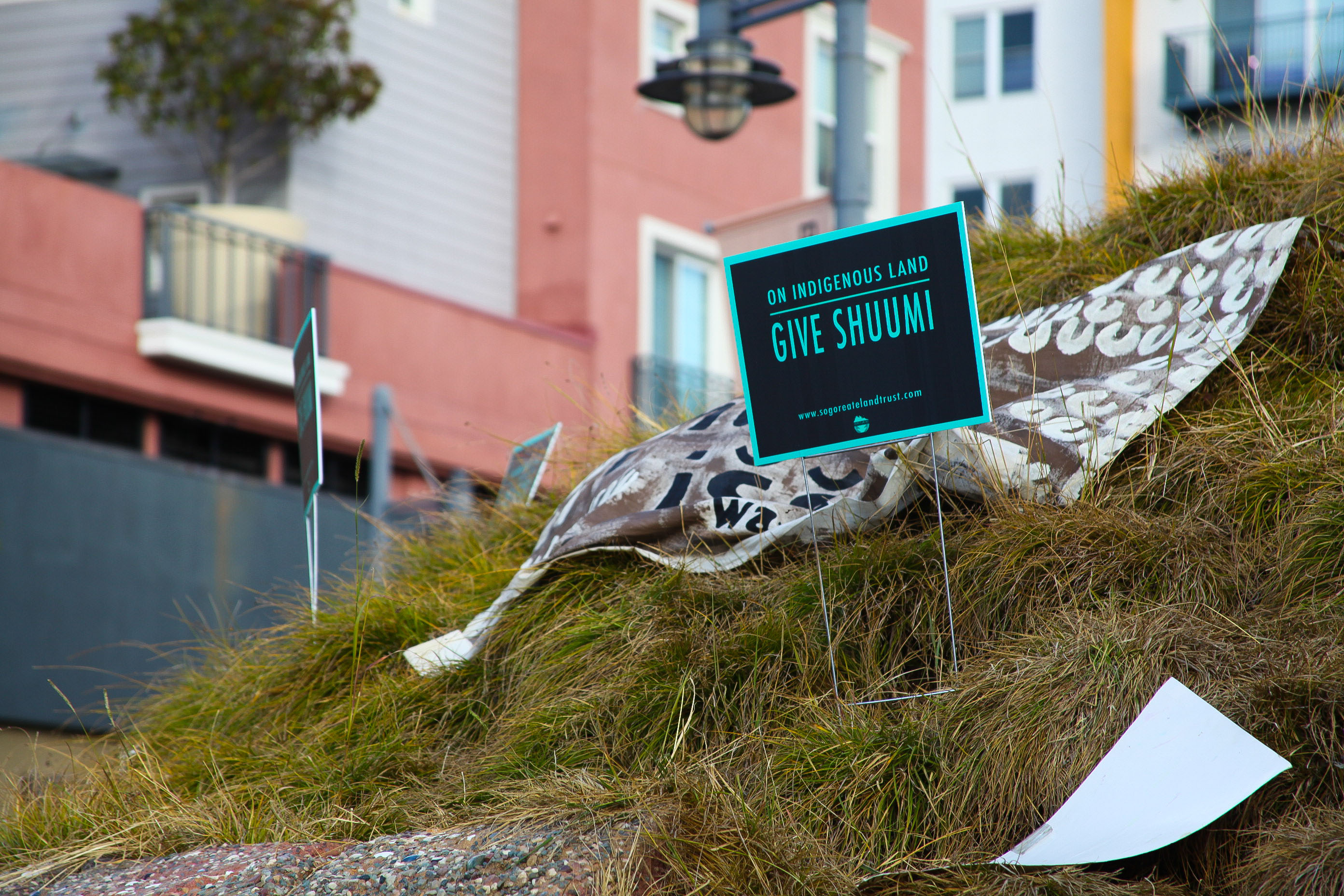
Other burials from the Shellmounds have been disinterred and collected in museums like the nearby Phoebe A Hearst Museum of Anthropology at the University of California, Berkeley. It was there that Gould arranged to visit her ancestors’ remains.
She remembers descending into a basement through a set of double-width doors and seeing rack upon rack of catalogued remains. For about three days afterwards, she could not get out of bed. She still tears up talking about it.
Like many indigenous people, Gould considers her ancestors’ graves to be sacred ground, not to be touched, not to be disturbed. But, over the last few decades, a bustling local economy, led by the tech sector, has led to a surge in the urban population – and an increase in development.
From Shellmound to brownfield to shopping mall
That is how the battle for the Emeryville Shellmound started. At the time, Gould, a mother of three, was not particularly focused on protecting sacred sites. Her organisation, Indigenous People Organizing for Change, had been concentrating more on housing issues.
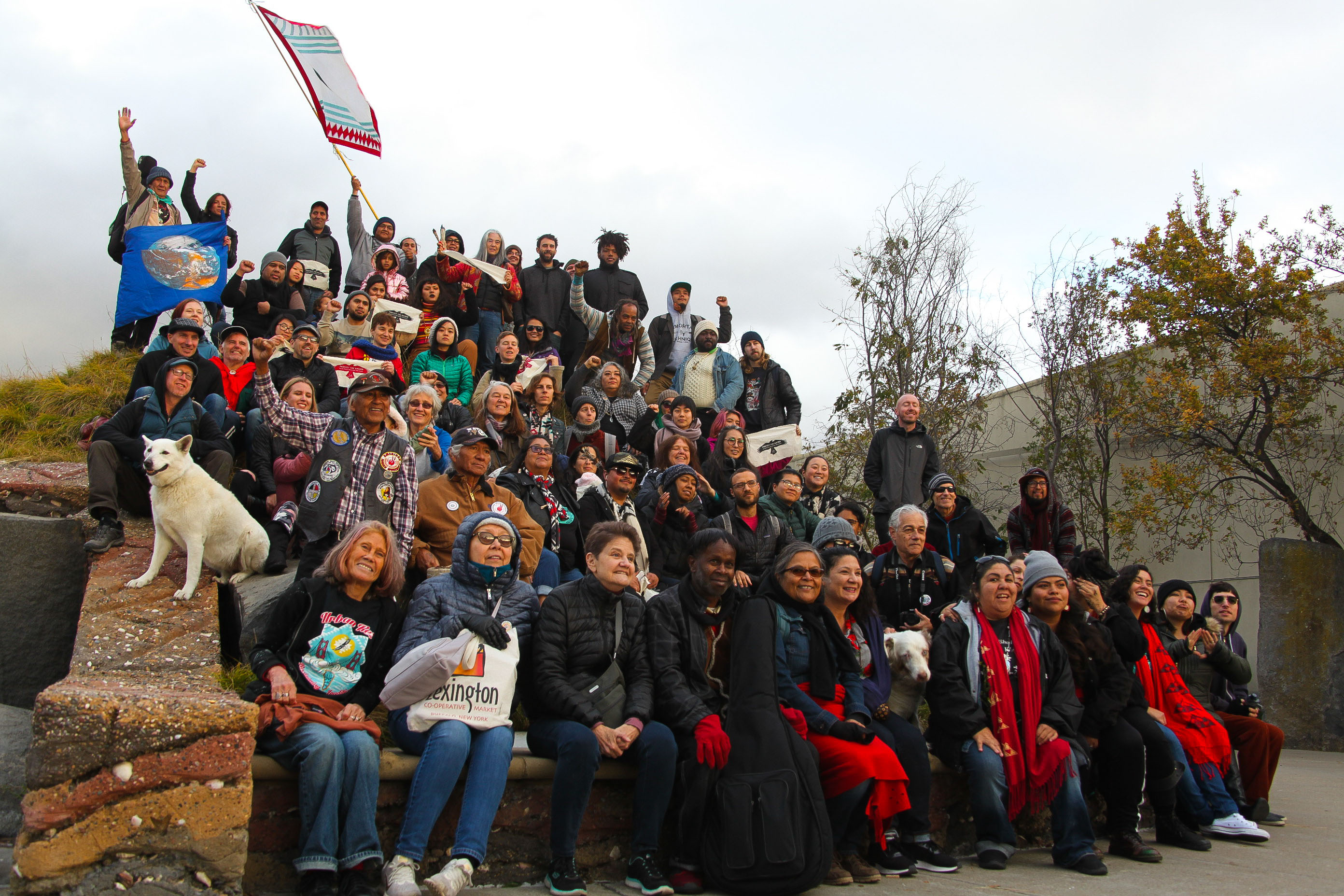
But then a phone call shifted her attention. She and group cofounder Johnella LaRose received a tip that the stretch of land opposite the Dwight D Eisenhower Highway was slated to be transformed into an urban hub, with a movie theatre and a row of brand-name clothing shops.
At first glance, the site did not look like much: The city had deemed it a brownfield, polluted with industrial muck and occupied by what Gould remembers as “rusted buildings and old paint factories”. But below the surface were the remnants of the Bay Area’s largest Shellmound – a structure that once rose 18 metres (60 feet) high and stretched 106 metres (350 feet) in diameter.
But by the time Gould and LaRose petitioned the city council to stop the development, Gould says it was too late: “The developer had already gotten the rights and the permits to do it.” The remnants of the Shellmound were levelled and paved over.
In its place, a replica Shellmound was erected, decorated with a fountain and a memorial walk lined with granite slabs. Each slab is etched with dates. It is a timeline of Ohlone history that reads like a prolonged obituary: The Emeryville Shellmound is abandoned in 1400, a measles epidemic struck in 1806, and coastal Californian Indians become dependent on the Spanish mission system in the 1820s.
A backwards fall into ancestors’ arms
That is not altogether different from how Gould sees her culture depicted in the classroom. Her people’s story is presented largely in the past tense. “The California native people, the Lisjan people, our history is told in fourth grade. Then we disappear. It’s paper genocide,” she says.
Gould herself only discovered Lisjan history in her teens. Her mother, who passed away when Gould was 12, imparted an understanding of the culture but not of the brutality her ancestors had faced. The realisation that the Catholic Church played a role in those atrocities led the once-devout Gould to abandon her religion.
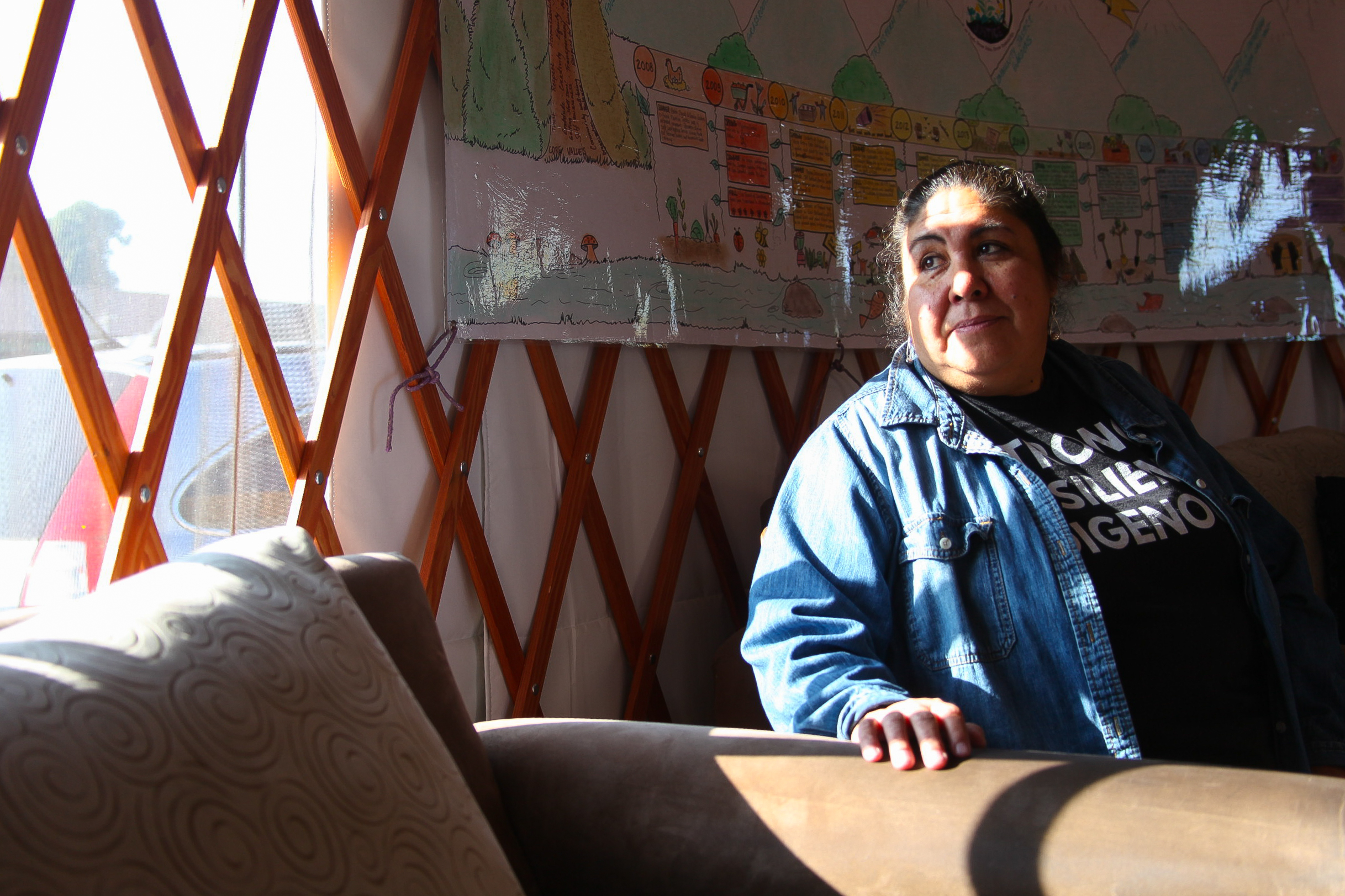
But she recovered her faith elsewhere, notably when she was side-by-side with other indigenous women at sweat lodge ceremonies. There, the anger she felt as a teen started to subside.
“Most people want to see the angry Indian. You’re easily put into a box and set aside,” she says. “When I want my story to get across, I cannot be that angry person. It doesn’t mean that I don’t see my lands and want to weep for the stuff that’s happening here.”
After the loss of the Emeryville Shellmound, Gould was determined to get ahead of the game – to block construction on sacred grounds before permits were granted and zoning applications filed.
Her days became cluttered with city council meetings and consultations with lawyers. So after 11 years working at the American Indian Child Resource Center, she left her job. “I did a backwards fall,” she explains. “I said, ‘If this is what I’m supposed to do, then catch me’.” Her ancestors, she says, did.
Keeping sites sacred, secret and safe
Another development case had sprung up: A 260-unit residential project planned for a Berkeley parking lot. But under the concrete was another structure – the West Berkeley Shellmound.
The city of Berkeley had already refused to process the developers’ project application, and now they were suing. The Confederated Villages of Lisjan, with Gould as a spokesperson, filed an intervention to help block the project.
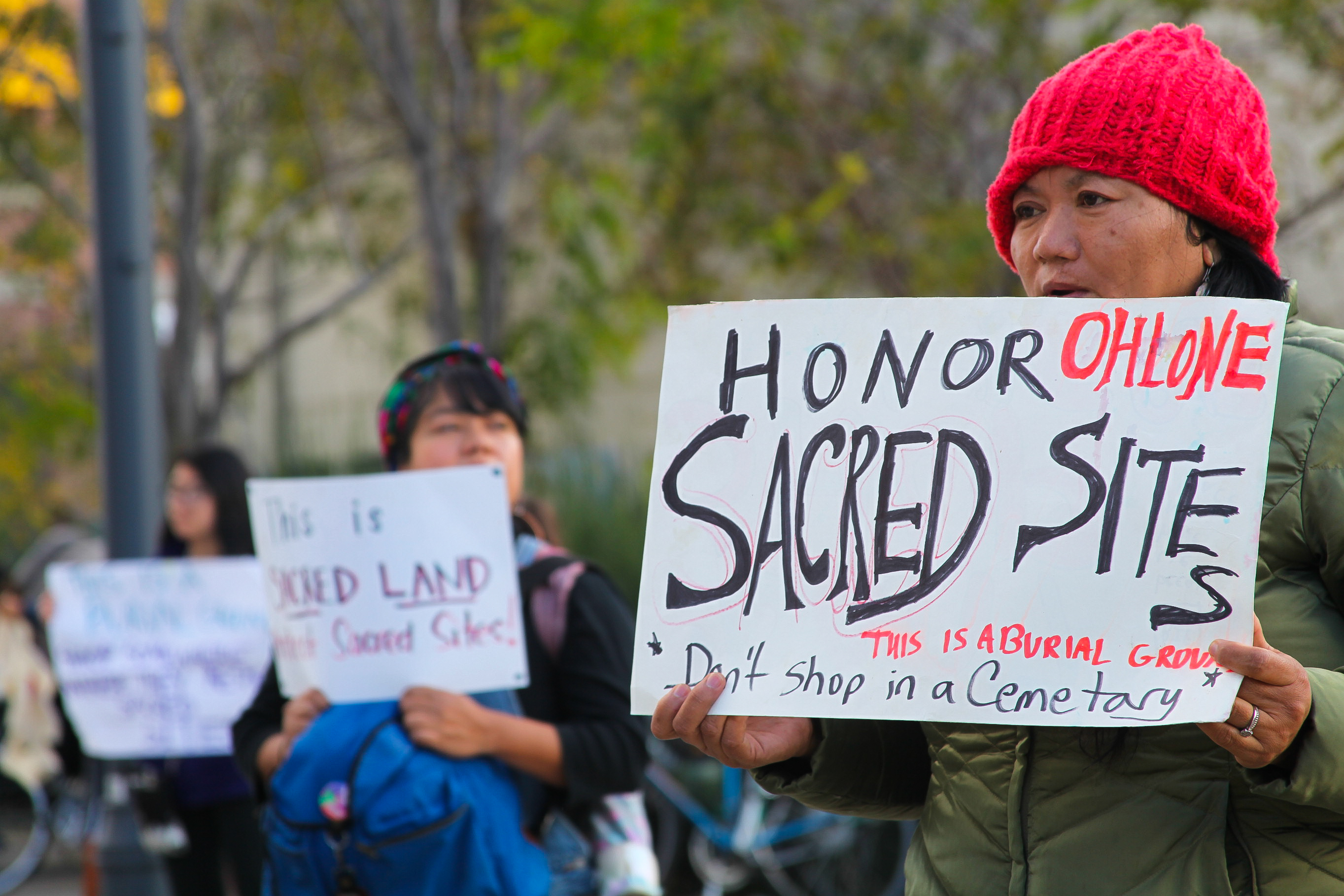
California’s Native American Heritage Commission does recognise certain tribes that remain unrecognised on the federal level, and Gould needed legal help to get Lisjan on that list. That is when she started working with Michelle LaPena, a tribal attorney from Sacramento.
“I don’t always say yes to these things. Often they can be futile because the odds in the system is so stacked against the unrecognised people,” LaPena says. “Sometimes it’s me just giving people the bad diagnosis.”
With Gould’s case, however, she saw reason to hope. The West Berkeley Shellmound was well documented in historical documents, as was the Lisjan people’s presence in the area. But in LaPena’s experience, other cases get stymied when “native people don’t want to tell non-Indians where our places are because then they get destroyed”. She points to looting and vandalism as chronic problems.
“Obviously because you can’t protect something if people don’t know that it’s there,” LaPena says. The solution, she believes, is for the legal system to give more weight to tribal knowledge in court, in order to allow sacred sites to remain confidential and safe.
“They look at oral tradition as being folklore or myth, and that’s how it’s presented to people: that it’s mythology. What that does is that it diminishes its value and it makes it seem like it’s not real. It’s just stories.”
Ultimately, in October 2019, the court ruling on the West Berkeley Shellmound upheld the decision to reject the housing project. Judge Frank Roesch wrote that “a historic structure does not cease to be a historic structure” simply because “it is ruined or buried”.
That principle, he continued, otherwise “would exclude many of the world’s most beloved archaeological treasures,” including the Roman ruins at Pompeii, Italy, and the tombs in Egypt’s Valley of the Kings.
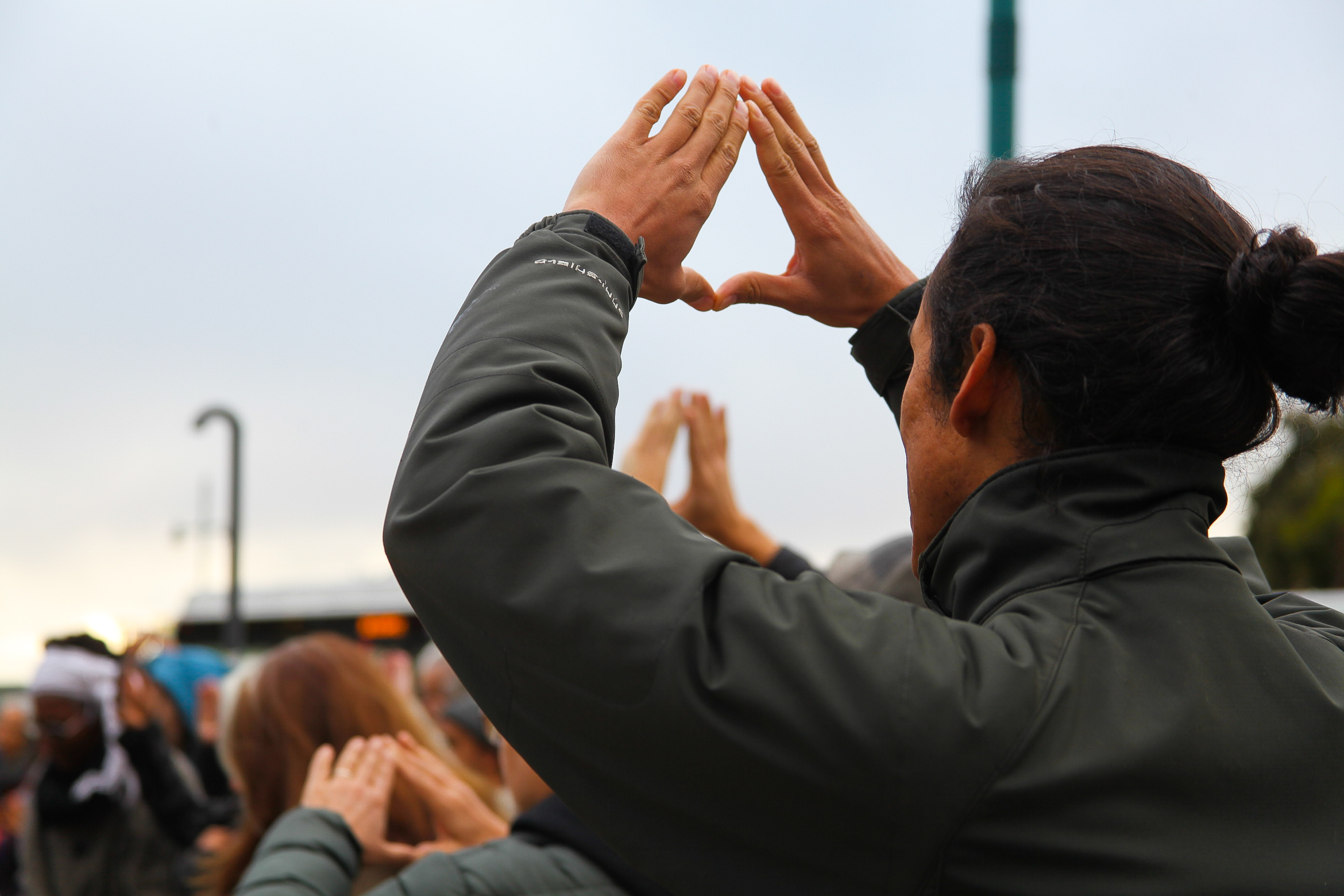
‘Something bigger than ourselves’
From the insides of a makeshift yurt on a hazy Saturday, Gould smiles at the memory of hearing the decision. That day, she had missed a call from her lawyer – her phone was switched to silent mode – so it was only later that a friend gave her the news.
“I couldn’t believe it,” she says. She plans on holding a gathering at the Shellmound to celebrate. “It’s a win for something bigger than ourselves.”
Outside, rows of greenhouses and potted plants line the landscape, overflowing with wormwood, chamomile and at least seven different kinds of lavender. Marigolds and the crimson leaves of blackberries in winter add colour to the oasis, wedged tightly between suburbs and an overpass.
This land represents a different kind of victory for Gould: The two-acre nursery will eventually be the first land returned to indigenous stewardship in the Bay Area. The non-profit group Planting Justice announced it would transfer the land to the indigenous-led Sogorea Te Land Trust, of which Gould is a founder.
The decision comes as part of a small but emerging trend in California, where parcels of land are, in a few cases, being returned to indigenous peoples. In 2018, it was announced that Humbug Valley in the Sierra Nevada would transfer back to representatives of the Maidu people. In 2019, the city of Eureka formally returned Indian Island to its original people, the Wiyot.
It is small recompense compared to countless miles of lost lands, but Gould is optimistic. “Every time I walk onto this land, I see this and it’s like, ‘You’re home’. This is home’. But it’s still so surreal to me,” she says.
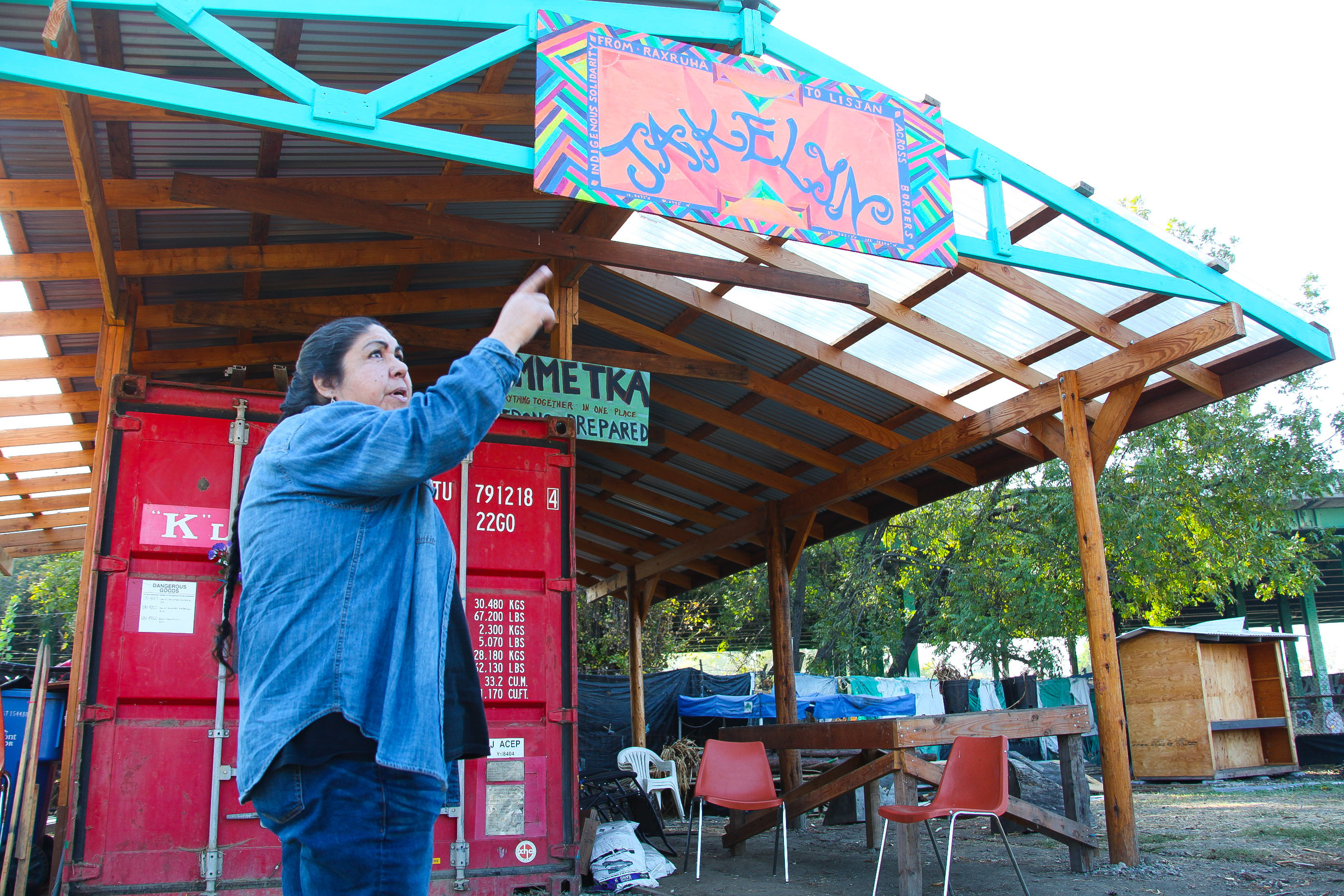
As she sees it, this land is a blessing: Gould works to protect the ancestors, and the ancestors have worked to protect her and her people in return. She marvels that this sliver of land should be situated along what she knows as the Lisjan Creek. “There’s no coincidence that we’re here right now.”
In a clearing outside, an arbour is rising – the beginnings of a roundhouse where Gould hopes her community can practice its traditions. Redwood columns rise from the earth. A modest stack of tule mats sits ready for thatching.
When Gould looks out of the yurt window, she does not see an urban wasteland or a scrubby lot or even a plant nursery. She sees possibility. A reconnection with the land. A place where her grandchildren will dance and her people’s language will ring out.
That work has started. Already, her baby granddaughter can mumble “no” in Chochenyo. And there is no time to waste: If we do not do this work today, Gould says, “the genocide will be complete”. But for now, the new arbour rises – and with it, a culture does once more.